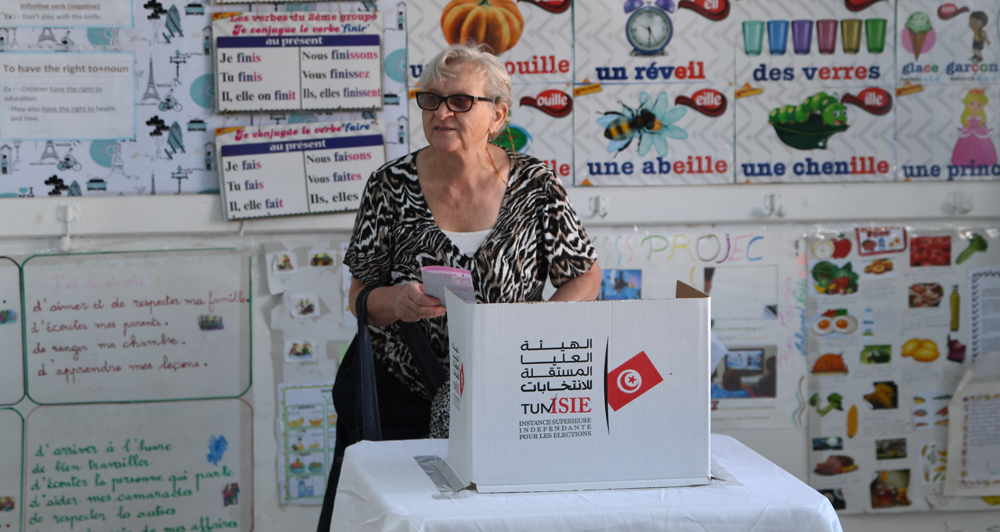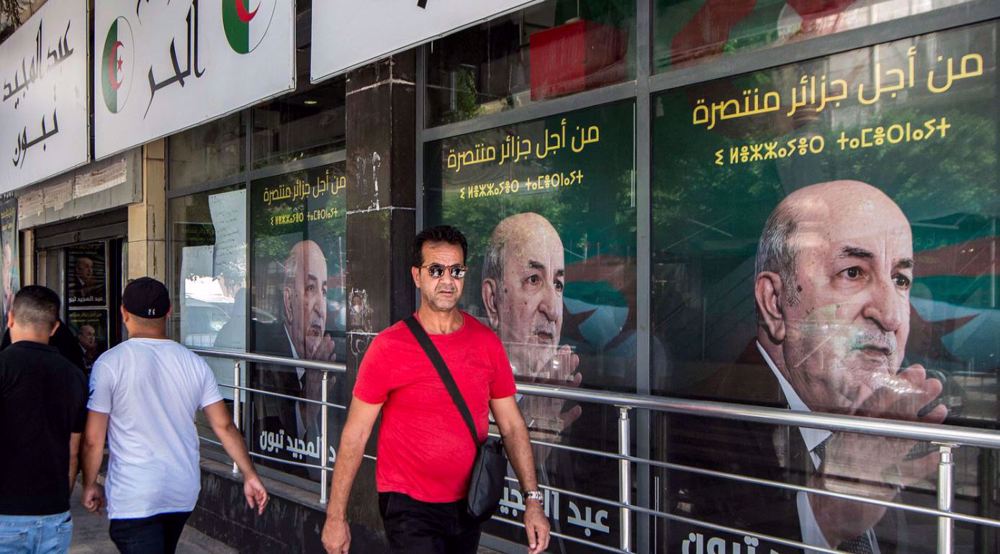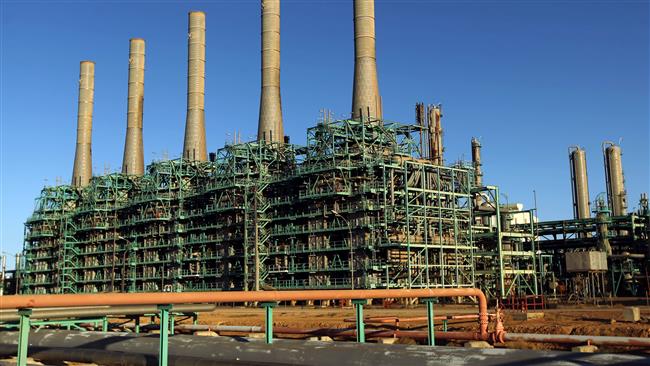Fighting between human-smuggling gangs in Libya kills 22, injures 100: IOM official
Twenty two African refugees have reportedly been killed and over 100 others injured in recent fighting between rival people-smuggling gangs in Libya.
The figures were released on Tuesday by the spokesman for the International Organization for Migration (IOM), Joel Millman, who said that the victims “were thought to be migrants rather than smugglers because they were sub-Saharan Africans.”
Millman said a 50-percent rise in sea migration to Europe in 2017 had provided an opportunity for human traffickers that they looked determined not to miss.
“This is creating all kinds of activity in the smuggling industry, and apparently that activity has reached the level of violent shootouts that left 22 killed in the last couple of days,” Millman said during a press briefing in Geneva, citing data from colleagues in Libya.
The latest casualties were in addition to the 140 bodies discovered on Libya’s Mediterranean coastline so far this year as well as the 477 deaths of refugees by drowning at sea while en route to Europe from Libya.
So far this year, said the IOM spokesman, some 15,760 refugees have arrived in Italy, up from 9,101 during the same period in 2016, while nearly 3,000 asylum seekers have been rescued at sea and brought back to Libya.

Nearly half a million people arrived from Africa in Italy in the past three years.
Millman further said that 62 Syrians had been among the asylum seekers arriving in Italy. This is while Syrian refugees had mostly been going to Europe via Turkey and Greece, a route which was effectively blocked in 2016 by an agreement between the European Union and Turkey.
“So with 62, obviously we’re not setting records, but it could be a shift showing that traffic has come back across North Africa, maybe coming to Libya again,” he said.
Read more:
Italy, meanwhile, has vowed to send more refugees who do not qualify for asylum back to their home countries, either by force or with their consent.
Libya was thrown into chaos in 2011, following a nationwide uprising that led to the capture and killing of the North African country’s long-time dictator Muammar Gaddafi in his hometown of Sirte. With Gaddafi gone, a power vacuum developed, and Libya quickly split between two governments vying for control.
Since then, Libya has become the focal point for asylum seekers crossing from Africa to Europe via Italy.
Qassam Brigades claims killing 3 Israeli troops in northern Gaza
More alive than ever: Sayyed Hassan Nasrallah's legacy grows stronger in martyrdom
Occupation of Syria’s highest peak Mount Hermon part of ‘Greater Israel’ project
Iran: Syrian people will decide their future without foreign interference
IRGC says Iran’s power exceeds borders, warns enemies to adjust themselves
Dozens detained, several wounded in Israeli raids in West Bank
‘Ethnic cleansing’: Hamas blasts Israeli attacks on Gaza hospital amid intl. silence
Saudi delegation meets HTS leader at presidential palace in Damascus













 This makes it easy to access the Press TV website
This makes it easy to access the Press TV website